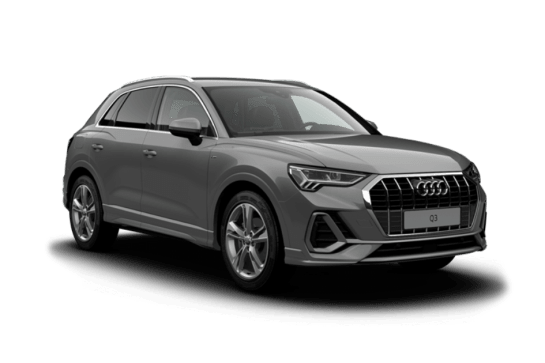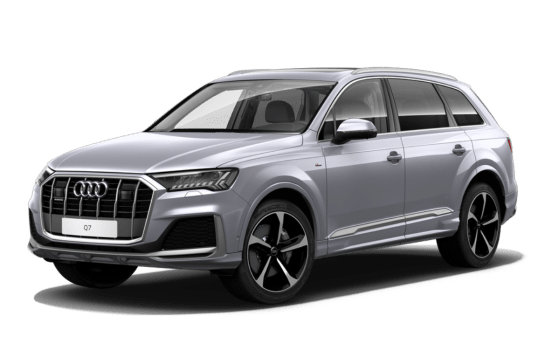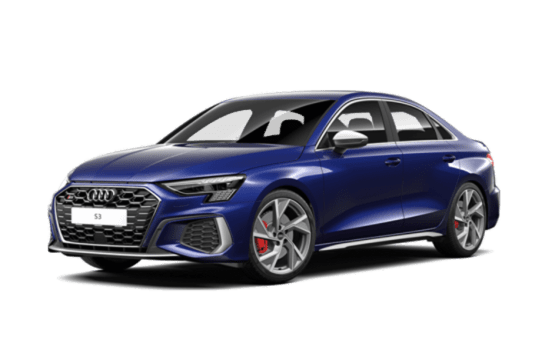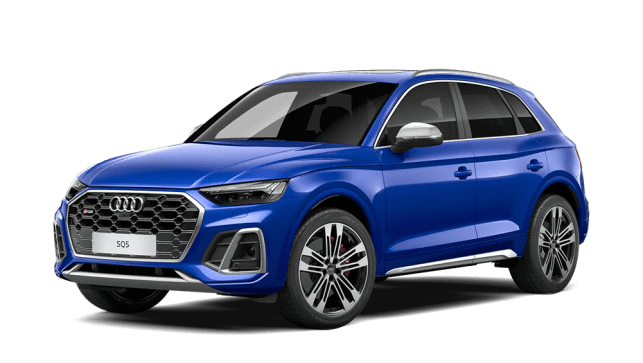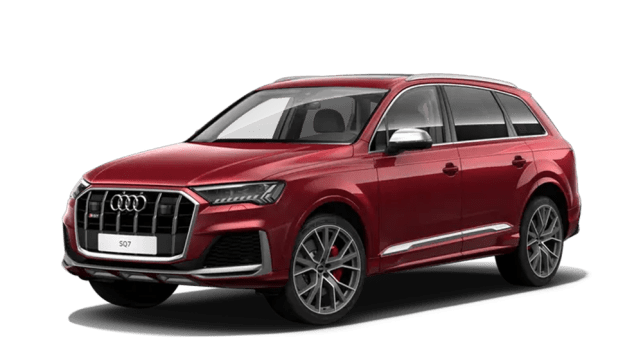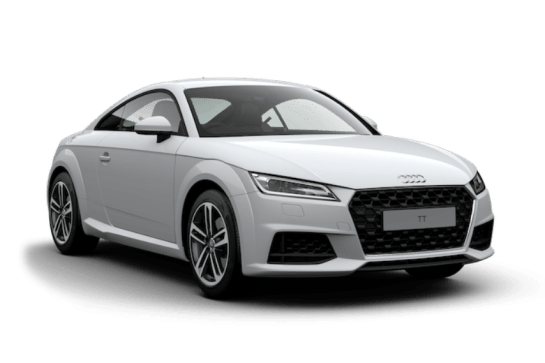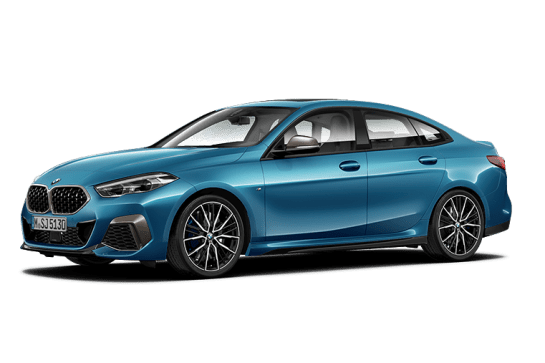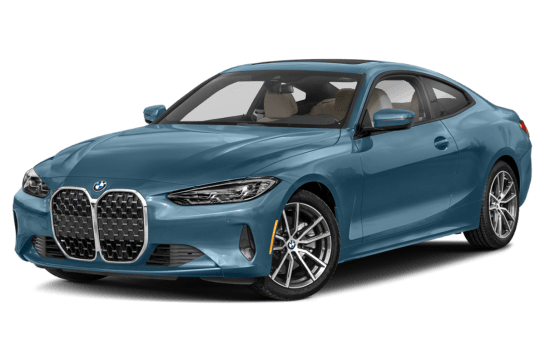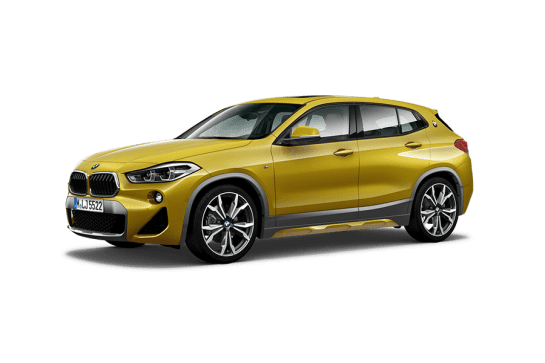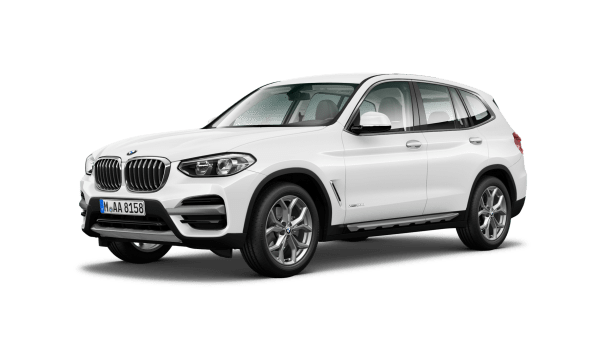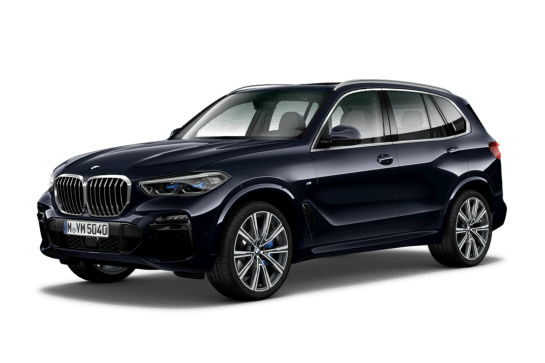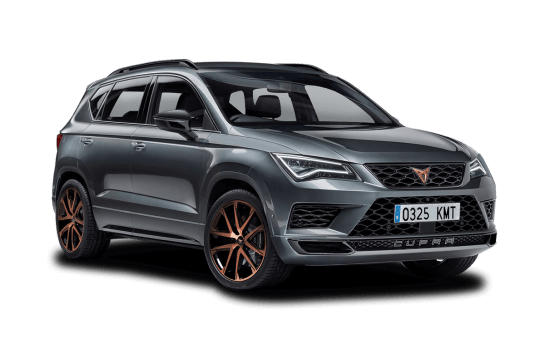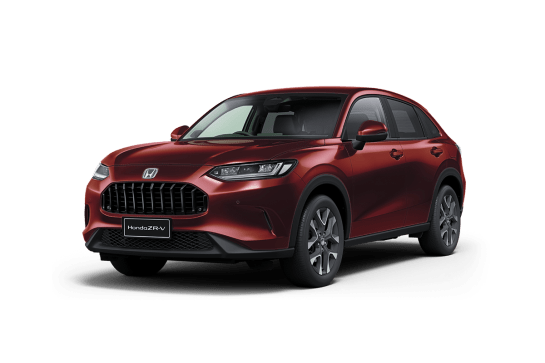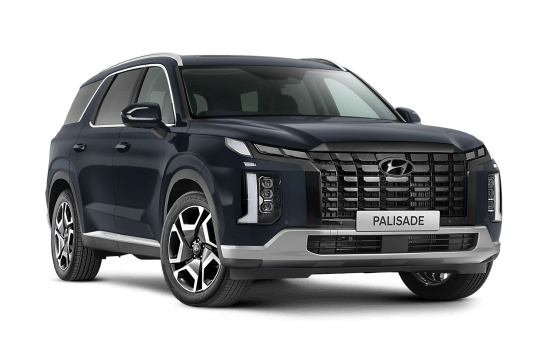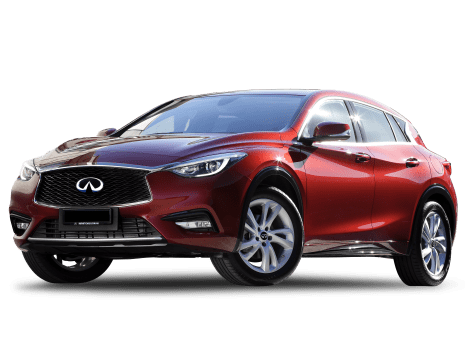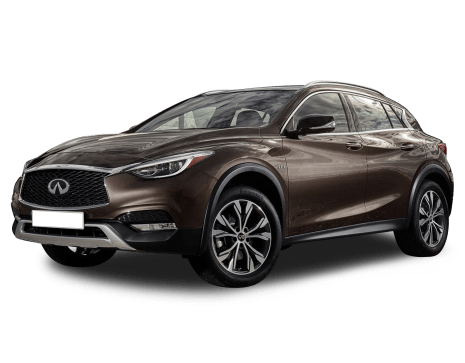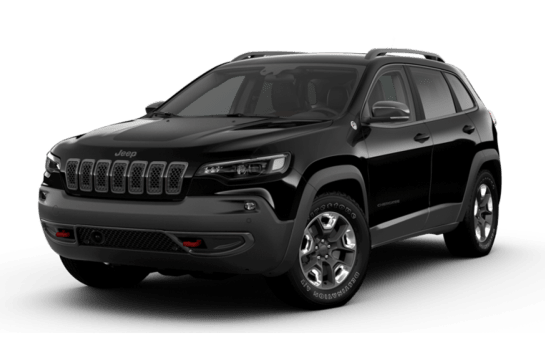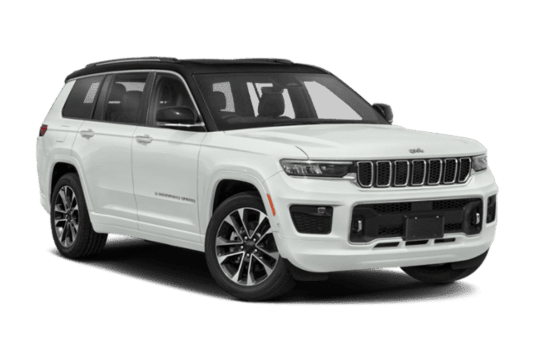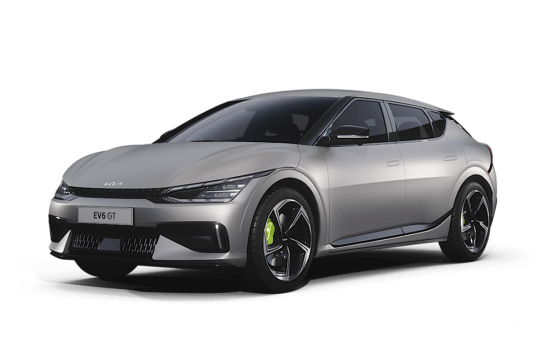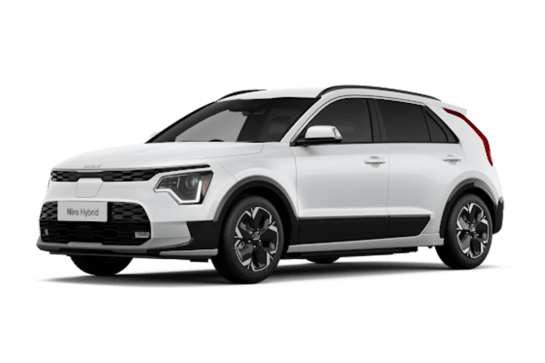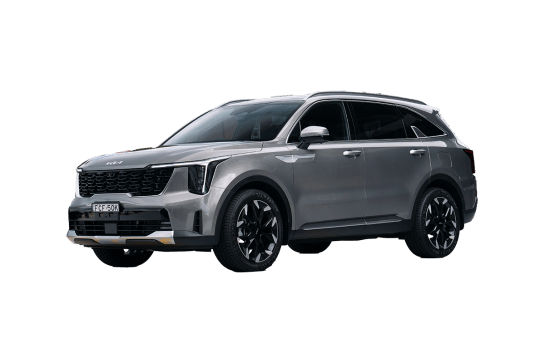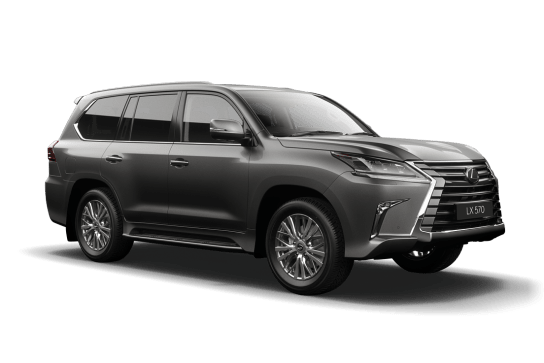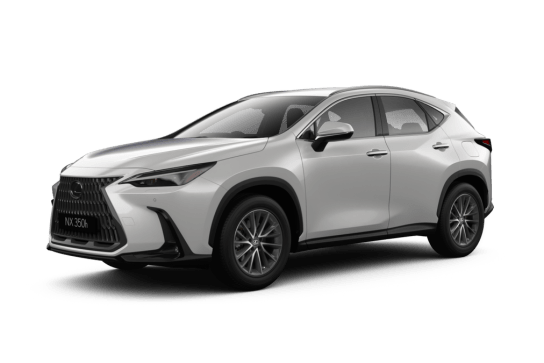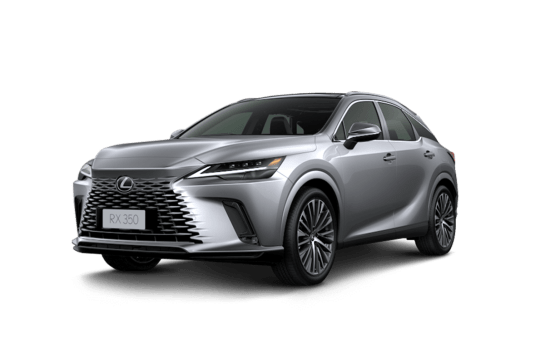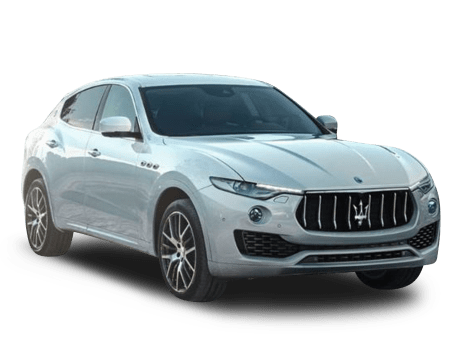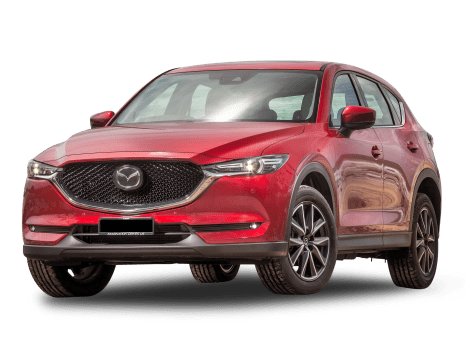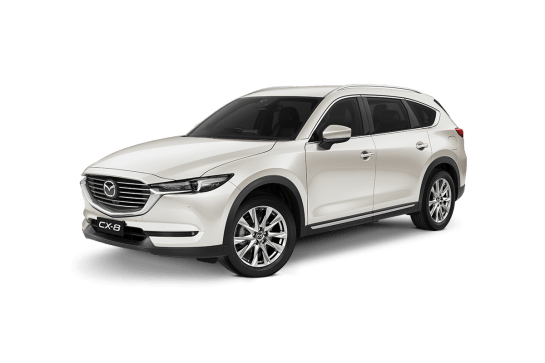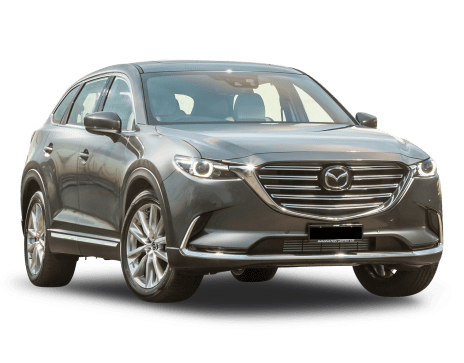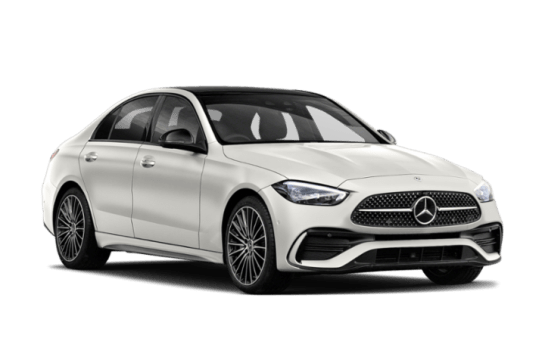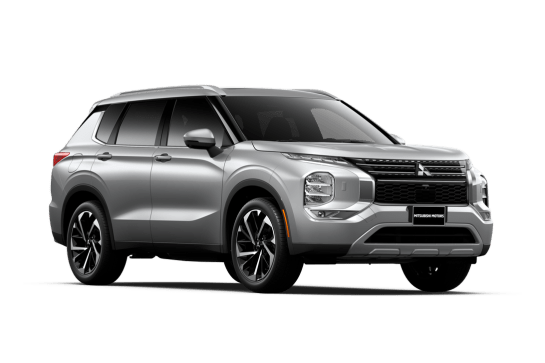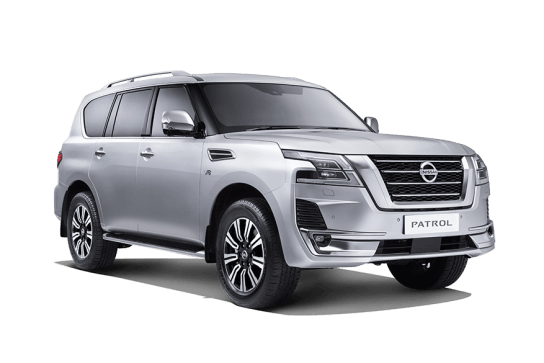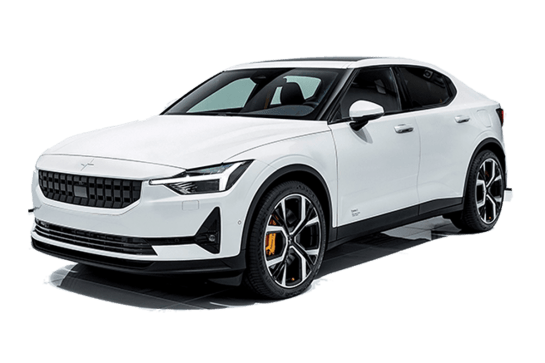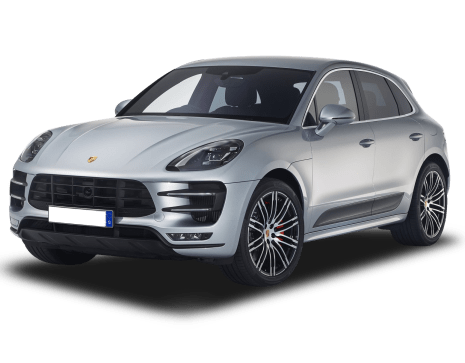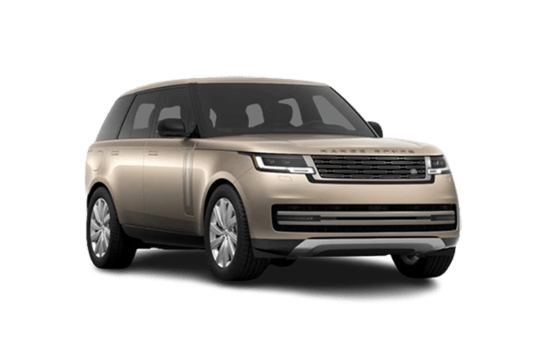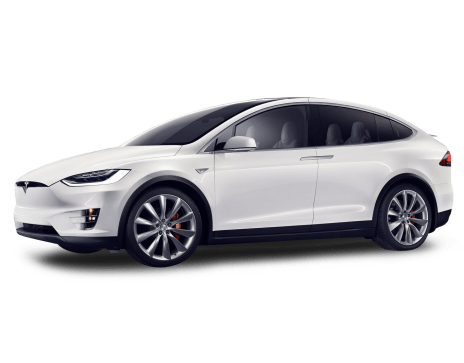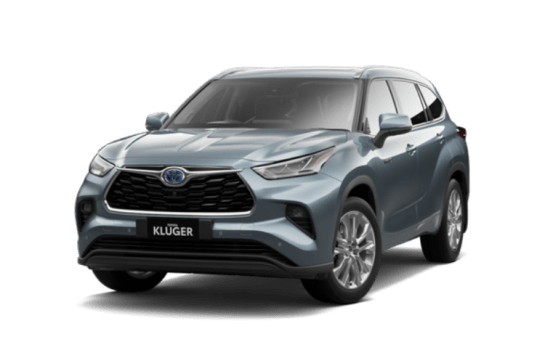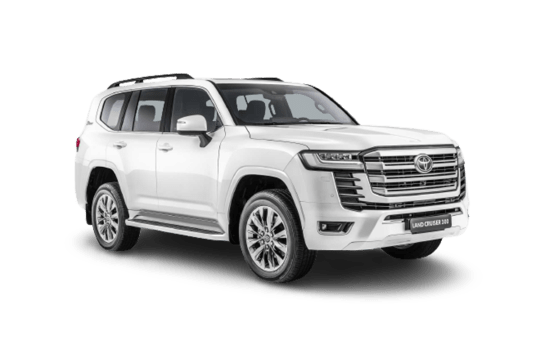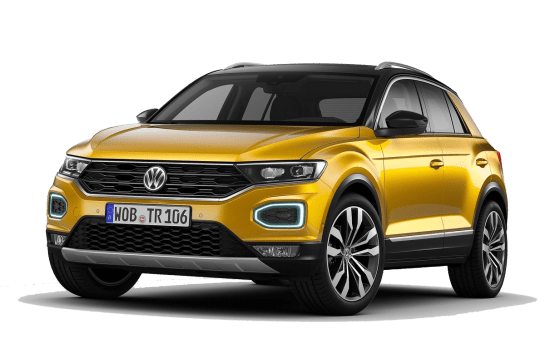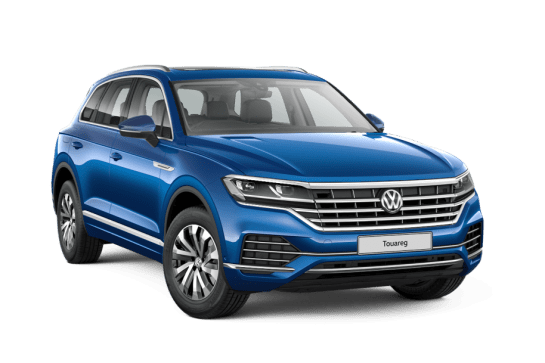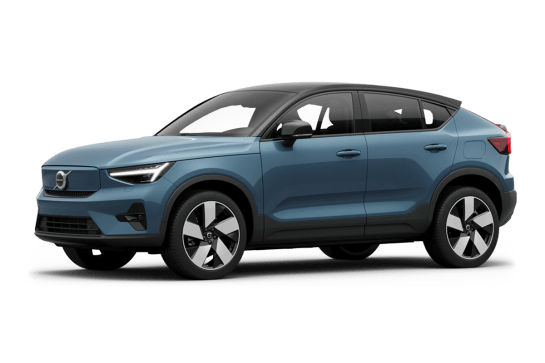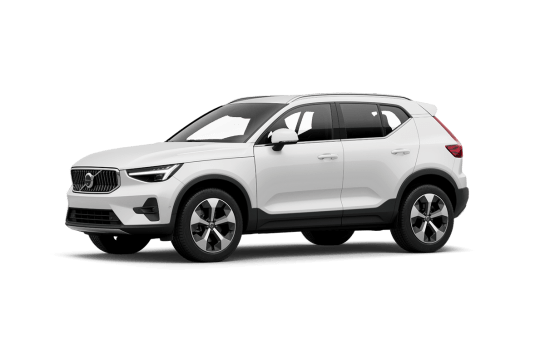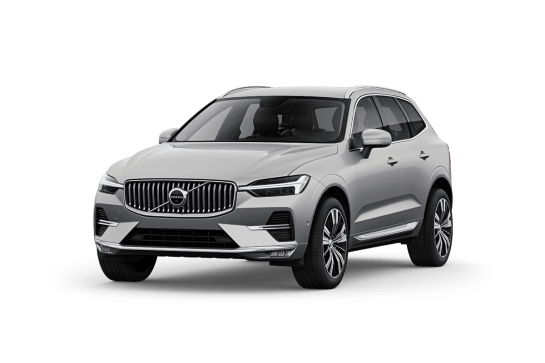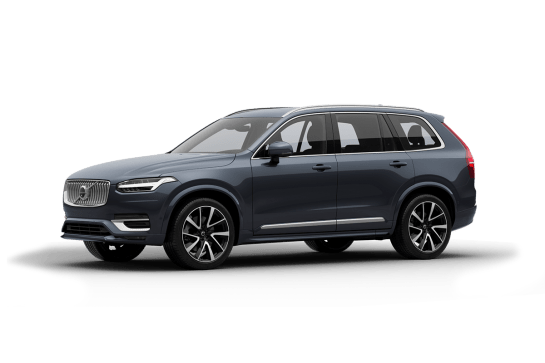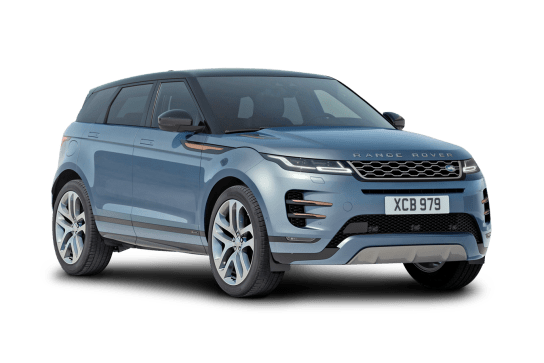
Range Rover Evoque VS BMW 2 Series
Range Rover Evoque
Likes
- So much power!
- Incredible charging specs
- Luxury look and feel
Dislikes
- Painfully expensive
- Rude options list
- Be prepared to wait for delivery
BMW 2 Series
Likes
- Great to drive
- Brilliant multimedia system
- Surprisingly practical
Dislikes
- Expensive
- Firm ride on larger wheels
- No spare wheel
Summary
Range Rover Evoque
Range Rover has developed a bit of an image problem in the last few years.
To many the brand is still the face of a quintessentially British aspirational luxurious off-roader. But to a growing group, it has become synonymous with the concept of an environmentally reckless fuel-guzzling SUV.
They’re big, heavy, and still feature V8 engines, but Range Rover knows all too well the writing is on the wall for its increasingly infamous range of combustion vehicles.
The trouble is, customers love them, and while the I-Pace from sister brand Jaguar is a big leap into the future, there needs to be a happy medium for easing some of its existing customers away from combustion, while still offering the kinds of excess and aspirational performance the Range Rover brand is associated with.
Enter this car, the Evoque HSE P300e. It’s a plug-in hybrid, notably only available in the top trim level, with top-shelf performance, too.
Is it the right car to represent Range Rover’s entry-level model at a critical time of technological transformation? Let’s take a look.
| Safety rating | |
|---|---|
| Engine Type | 1.5L turbo |
| Fuel Type | Hybrid with Premium Unleaded |
| Fuel Efficiency | —L/100km |
| Seating | 5 seats |
BMW 2 Series
Sometimes a name change can make all the difference.
Google used to be called “Back Rub”. The Spice Girls started off as “Touch”. And – particularly in Germany – some premium sedans became known as “coupes”, as they struggled to stay popular against SUVs.
Case in point: what is essentially a 1 Series hatchback with a boot has been more glamorously badged the “2 Series Gran Coupe” since 2020.
Read more about
- The top five best April Fools' Day jokes from car companies: From the BMW M3 ute to Hyundai's V6-powered Drift Bus | Opinion
- BMW capped price servicing - cost, schedule & info
- 'Big leap forward': BMW pours cold water on solid-state battery plans, insists upcoming iX3 and 3 Series Neue Klasse electric cars will deliver major improvements in EV range and power
Still following the sedan script with four doors, it’s BMW’s tilt at Mercedes’ booted A-Class hatch, the rakish CLA, unveiled early last decade as the Concept Style Coupe and now in its third series-production iteration – though since 2019 a more conservatively styled A-Class Sedan has also existed, that goes up against Audi’s A3 Sedan.
But we digress. Now there’s a “new” 2 Gran Coupe, coded F74, though it’s really a heavy facelift of the superseded F44. Oh, and the ‘i’ no longer exists in the badge, so (M-enhanced models aside) it’s just numbers from here on in. 218. 220. M235.
Regardless of names, does it live up to the BMW promise?
| Safety rating | |
|---|---|
| Engine Type | 2.0L turbo |
| Fuel Type | — |
| Fuel Efficiency | 7.6L/100km |
| Seating | 5 seats |
Verdict
Range Rover Evoque7.9/10
The Range Rover Evoque is more highly specified and more luxurious than ever, and this plug-in hybrid version makes the most of what’s on offer with its slick but familiar feel from behind the wheel.
Unfortunately, it does have an eye-watering price tag to go with its classy design and the options list is a bit rude, all things considered, but the core offering is a solid luxury buy for city-slickers, nonetheless.
What makes the Evoque P300e stand out for me is its impressive EV driving range and excellent charging specs which make it as convenient as possible to make the most of its electrified features.
It’s up to the buyer whether these conveniences and the Range Rover badge are worth swapping into a car a full size down from its luxury plug-in rivals for the same money.
BMW 2 Series7.4/10
The badge might say one thing, but the 2 Series Gran Coupe sticks to the time-honoured template of being a compact yet comparatively practical three-box, four-door sedan, complete with a big boot.
More importantly, it drives and behaves like a BMW – which means sufficient-to-strident performance depending on grade, athletic dynamics and pleasing refinement on one hand, as well as a stiff price and a hard ride on the other.
A true BMW in name and nature, then..
Note: CarsGuide attended this event as a guest of the manufacturer, with travel, accommodation and meals provided.
Design
Range Rover Evoque
The Evoque has always been a car all about its sleek, city-slicking design, an iconic piece of modern SUV art from Jaguar Land Rover head of design, Gerry McGovern.
With its shapely proportions, clever descending roofline, and a silhouette which successfully reflects a miniaturised version of the Range Rover, the Evoque is at once classy with a faint suggestion of toughness under the skin.
The blacked-out grille, slimline headlights, and contemporary strip across the tailgate all serve to add intrigue to this SUV, and the extra detailing in the front bumper, shapeliness of the bonnet, and contrast black trims (with extra contrast panels on our test car matching the gloss black wheels) serving to add to its premium appeal.
It’s important to remember, while the Evoque slides into a busy small SUV landscape now, it was one of the first to make a premium car so successfully appealing in this small SUV space way back in 2011 with the first Evoque, following Land Rover’s historic trend of being in front of the SUV curve.
Rival small SUV designs may have caught up in the minds of many with the likes of the Audi Q3, BMW X2, and Volvo XC40 shining in recent years, but few have won as many design accolades as the Evoque.
Range Rover seems to be leaning into a more upper luxury trend, not just with the pricing, but with the vibe of the car’s interiors, too.
The new generation Evoque, for example, took a big jump in the look and feel of its interior appointments when it launched in 2019, and over time has only consolidated its market positioning.
The HSE grade which our P300e hybrid arrives in is lavish on the inside, with lovely suede-like seats, intricate contrasting grey cloth trims in the doors (do I detect an influence from Volvo here?) and a plush-looking dash, all finished in soft-to-the touch materials.
Attention to detail, like the silver bezels which adorn the centre console and media screen, add to the premium flair which lifts the Range Rover badge above the Land Rover one, and I do like the way the additional function screen seamlessly melts into the piano finish and integrated dials. While it’s always a nightmare to keep gloss piano finishes clean, it looks oh-so primo.
It’s a little odd the P300e has analogue dials, which seems to miss the premium edge which a fully digital dash might provide although the 7.0-inch centre dash screen has a great resolution and speed, as well as a mostly well laid out operating system.
I found the R-Dynamic modes, which can sharpen up the accelerator response and steering buried two menus deep, unnecessarily hard to find, as were various EV information screens and other less important functions.
BMW 2 Series
BMW is calling the F74 a new-generation 2 Series Gran Coupe, and there have been obvious and even profound changes throughout and underneath, including to some of the sheetmetal.
But this is not an all-new car by any stretch, with the glasshouse, doors and roof amongst many other body items carrying over from the F44.
That now remarkably Kia Cerato-esque nose ushers in new LED lighting motifs and an updated kidney grille, but whether they sit easily with the rest of the car is debatable. Redesigned tail-lights, different colours and new alloys make up the majority of the exterior changes.
Betraying the latest 2 Series Gran Coupe’s newness claims are near-identical dimensions, with that redesigned front end and bumpers contributing to a 20mm increase in the F74’s 4546mm length, while revised suspension and damper settings help account for the 25mm boost in height (to 1445mm). The BMW’s 1800mm width and 2670mm wheelbase remain the same.
There’s a higher level of newness to be found inside.
Practicality
Range Rover Evoque
While it still plays the role of Range Rover’s smallest SUV, the current Evoque is much bigger than the car it replaced in 2019. I would go so far as to say it’s deceptively large on the inside.
Front occupants are treated to a cabin which now feels almost as wide as an actual Range Rover, with plenty of room for elbows on either side, which are, of course, met by lovely soft-touch surfaces.
The raised console helps with the upmarket feel, as does the plush dash. The standard 14-way adjust front seats help to accommodate most passengers, with my only criticism being the large A-pillars and height of the dash can make it feel a little bit claustrophobic compared to some rival luxury SUVs.
Storage is offered through a set of large door pockets, a centre console box, dual bottle holders behind the shift lever, and a healthy nook underneath the climate controls, which also hosts a wireless charging bay.
The rear seats share the same comfortable rim as the front ones, and also have large pockets in the doors. Despite the descending roofline, I had just enough room for my head at 182cm tall although it is notable the space in the PHEV feels smaller with the raised floor needed to accommodate the batteries.
I had a little airspace for my knees behind my own driving position, too. The main drawback for rear passengers is the large transmission tunnel, making it difficult to accommodate an adult in the centre position.
There are adjustable air vents for rear passengers, but it is frustrating Land Rover has chosen to make rear USB-C charging ports an arbitrary $270 option.
The boot is also deceptively large for such a small SUV, measuring in at 472 litres (VDA), it’s above average for the small SUV class and fits the full CarsGuide luggage set, provided you remove the parcel shelf as it's just a smidge too high.
You'll also need to keep your charging cables in the boot, as there's no underfloor storage, the entire space being taken up by a space-saver spare wheel.
BMW 2 Series
During the media presentation at its launch, BMW described the 2 Series Gran Coupe as being almost as large as a 1990s E46 3 Series, and it is in all major dimensions except wheelbase.
Plus, being a front-drive-biased/transverse engine proposition instead of rear-wheel drive should make it roomier than the F74’s iconic ancestor.
The sense getting in is that this is certainly not too low or cramped as per a more-traditional coupe, with plenty of space for legs and shoulders, while even the optional sunroof fitted to our 218 left us with headroom to spare.
The redesigned dash is a visual and operational treat, with crisp, clear instruments, a logically presented and intuitive centre display screen offering fast and easy operation, excellent ventilation and ample storage. Full marks here.
Better still, attaining the perfect driving position is possible for most people, on brilliantly supportive front seats. This is the stuff BMW does right.
Improvement suggestions for the next update? Some people may complain about the somewhat less-than-premium feel of some of the lower-lying plastic trim; not everybody will love the swatches of colour stitching (we love it); why does the steering wheel have to be so wide-of-rim? Side and rear vision is restricted by fat pillars, rising shoulder lines and a shallow rear window; and there is quite a bit of road noise that enters the cabin at speed.
Still, even the back seat is sufficiently spacious for most users, with the sole exception of taller folk having to negotiate a sloping rear roofline. If you’re below 180cm, this should be fine. Most amenities minus overhead grab handles are also fitted.
Further back, the boot is surprisingly accommodating, with 430 litres of cargo capacity that’s enhanced by a 40:20:40 split-fold backrest, and the aperture should be big enough for bulkier loads, but the lack of a spare wheel will be bad news for many buyers. The supplied tyre-repair kit is just not good enough.
But, you know what is good enough? The engines BMW builds, that’s what.
Price and features
Range Rover Evoque
While we’re on the topic of excess, the Evoque HSE P300e certainly reflects it in the price tag. This plug-in starts from a whopping $105,060 price-wise putting it in the same league as luxury PHEV rivals a full size up.
Because there are no small luxury segment small SUVs in this league currently, we’re in fact forced to compare the Evoque to cars like the Volvo XC60 Recharge (from $100,990), BMW X3 xDrive30e ($107,000), or the particularly good-value Lexus NX 450h+ (from $88,323).
All are larger than our Evoque here, so it’s automatically at a disadvantage, and as is the usual case with Land Rover products, there’s an extensive and occasionally rude options list which can add thousands more to the price.
Our test vehicle, for example, had over $10,000 worth of options attached to it, only three of which (dual-zone climate with second row vents - $1000, and the additional Type 2 charging cable - $528) I would bother to add.
The included equipment at the HSE grade is good, with 20-inch alloy wheels, 14-way electrically adjustable front seats, Matrix LED headlights, a 10-inch tiltable ‘Pivi Pro’ touchscreen with wireless Apple CarPlay and Android Auto connectivity, as well as built-in navigation, and a second screen for the climate and car functions.
There’s also a semi-digital dash (oddly, with analogue dials for engine rpm and road speed, but a 7.0-inch digital element for everything else), the choice of either leather or suede interior trim, a leather-bound steering wheel, and keyless entry with push-start ignition.
It’s nice to see the Matrix LEDs as standard here, as well as a swish set of screens and a premium feeling interior. But it’s also frustrating things like digital radio ($520), a head-up display ($1690), data plan ($1040), and USB-C for the rear seats ($351) are optional on a car north of $100,000, especially since most of these are standard on its rivals.
One major catch is how long you might be waiting for one. Some dealer sources tell us customers will need to wait up to 12 months for delivery at the time of writing, so be prepared for this if you want one.
BMW 2 Series
This depends on how much you buy into this being a sporty Gran Coupe rather than a small sedan.
From $59,900 (all prices are before on-road costs), the German-made front-wheel-drive 218 base grade is slightly cheaper than the previous 218i equivalent, yet gains more kit. It also matches the A200 Sedan and costs a bit more than the (also recently facelifted) A3 Sedan, while offering similar performance and equipment to both.
Along with a host of advanced driver-assist safety (ADAS) systems like adaptive cruise control – to be covered in more detail later on – the base 2 Series Gran Coupe comes with the M Sport styling package inside and out as standard.
You’ll also find goodies like adaptive LED headlights with auto high beams, adaptive dampers, keyless entry/start, a curved all-in-one 10.25-inch instrument display/10.7-inch centre control display using BMW’s latest OS9 system offering cloud-based navigation, an M Sport steering wheel, heated sports front seats, a head-up display, surround-view camera, wireless smartphone charger, Apple CarPlay/Android Auto, BMW Connected Drive with auto emergency call and other services, artificial leather upholstery, a 40:20:40-split backrest, an electric tailgate and 19-inch M-Sport alloy wheels.
From $62,900, the 220 ditches the 218’s 115kW 1.5-litre three-cylinder turbo petrol engine for a 150kW 2.0-litre four-pot turbo, while the 233kW M235 xDrive from $86,600 adds a lot more muscle to that 2.0-litre engine, all-wheel drive, more ADAS tech, massaging front seats, a Harmon/Kardon audio upgrade, uprated brakes, a panoramic sunroof, a heated steering wheel, rear spoiler and higher-gloss trim.
Many of those items are available with a $6700 Enhancement pack on the lower grades.
These more-or-less line up with rival premium small sedans.
Note, though, that they are expensive compared to fine mainstream C-segment alternatives costing far less, like the Subaru WRX, Toyota Corolla hybrid and Mazda3. Or Hyundai’s criminally underrated Ioniq 6 EV. Labels, eh!
Still, for some folk, the 2 Series Gran Coupe’s swoopier silhouette might make it seem like more of a rival to the sleeker CLA than a mere A200/A3 competitor, and that Benz kicks off from about $15K more than the 218. If that’s you, the BMW might be construed as a bit of a bargain.
Since we’re talking about styling, let’s take a deeper dive into the F74’s newly minted looks.
Under the bonnet
Range Rover Evoque
The Evoque now sports Jaguar Land Rover’s hybridised ‘Ingenium’ engine family across the range, and the set-up which appears in the plug-in hybrid model might be the most interesting.
It consists of a 1.5-litre three-cylinder combustion engine which is said to produce 147kW/280Nm, and an electric motor powering the rear axle producing 80kW, the two of which combine for an impressive quoted total output of 227kW/540Nm, driving all four wheels.
The motor sources its power from a 15kWh lithium-ion battery pack under the floor of the car, which provides a claimed 62km of fully-electric driving range.
Land Rover also replaced the mechanical brake pedal with a drive-by-wire one to allow for improved ‘blended’ regenerative braking.
BMW 2 Series
Three F74 powertrain choices are available for Australia in 2025. And none even remotely reflect what their respective badges imply on the boot.
The 218, for instance, is not powered by a 1.8-litre engine, but BMW’s long-lived B38 1.5-litre three-cylinder turbo petrol unit. Making 115kW of power at 6500rpm and 230Nm of torque between 1500rpm and 4600rpm, drive is channelled to the front wheels via a seven-speed dual-clutch transmission (7DCT).
With a kerb weight of 1420kg, the 218 has a power-to-weight ratio of 81kW per tonne, helping it achieve the 0-100km/h sprint time of 8.6 seconds, on the way to a 230km/h top speed.
Not enough? The 220 features the ubiquitous B48 2.0-litre (not a 2.2-litre) four-cylinder turbo petrol engine/7DCT combo, pumping out 150kW at 6500rpm and 300Nm from 1450-4500rpm. Tipping the scales at 1525kg for 98.4kW/tonne, its 0-100km/h time is 7.3s and top speed is 250km/h.
Want more? Stretching to the M235 xDrive sadly doesn’t mean a 3.5-litre in-line six, but a modified B48 2.0L/7DCT duo, delivering 233kW at 6500rpm and 400Nm from 2000-4500rpm to all four wheels. Result? Weighing just 50kg more than the 220, it boasts a heady 148kW/tonne, for a 0-100km/h of just 4.9s and a 250km/h v-max.
As with all of the UKL2/FAAR transverse-engine front-to-AWD platform models from non-electric Minis through to sub-X3/3 Series BMWs, you’ll find MacPherson-style struts up front and a multi-link independent rear end out back.
If you’re reading this outside of Australia, you may notice that none of the current F74 models offer mild-hybrid tech, in contrast to their European counterparts. And don’t go expecting any manual gearboxes either, unfortunately.
Efficiency
Range Rover Evoque
Claimed energy consumption on the combined WLTP cycle for the Range Rover Evoque P300e is 2.0L/100km. As with all plug-in hybrids though, this will heavily depend on how it is driven.
The 15kWh battery is said to provide a 62km driving range (again, on the WLTP cycle), which seems healthy for a PHEV, and I was pleased to find that my car was reporting about 56km on a full charge, not far off the claim.
Importantly, the Evoque has stellar charging specifications, which make it ideal for a city-slicker with minimal time to conveniently charge.
I was shocked to find a DC charging port when I flipped open the panel, which is capable of charging the tiny battery up in just 20 minutes (at a peak rate of 35kW), while on a slower but easier-to-find AC charger, it can extract 7kW allowing a charge time of around two hours.
This is well above par for a plug-in hybrid, and makes charging quick, painless and convenient, even for those who can’t charge at home.
As a result of this ease-of-charging and therefore minimal time spent in the hold or hybrid modes, my car reported an astounding 1.0/100km of fuel consumption during my week, covering mostly urban kilometres.
The only drawback is the need to fill this small turbo engine with mid-shelf 95RON fuel.
BMW 2 Series
OK, so is the 2 Series Gran Coupe cheap to run?
BMW reckons the 218 and 220 will average 6.3 and 6.7 litres per 100km, which means combined average carbon dioxide emissions ratings of 143 and 152 grams/km respectively.
Filling the 49L fuel tank with 95 RON premium unleaded, that translates to around 775km in the 218, and 730km in the 220 between refills.
Predictably, the M235 xDrive uses more, at 7.7L/100km for a CO2 rating of 176g/km. That’s a distance of about 635km.
Over our launch run, which took us from Sydney’s Circular Quay to Wollongong, the 218’s trip meter was reading in the high 8s and about 10 for the M235.
Driving
Range Rover Evoque
The second-gen Evoque is still the lovely, luxury, small SUV it was when it launched in 2019, and this plug-in hybrid version only serves to improve the formula, adding sleek electric driving characteristics to the already-smooth turbo engine and torque converter automatic.
Interestingly, and like its Volvo XC60 rival, the electric motor is located on the rear axle, giving this car the odd characteristic of being rear-wheel drive when driven electrically, or predominantly front-wheel drive when driven in combustion mode.
Speaking of modes, this car does the bulk of the management, with only three driving modes available to the pilot. These include the default ‘hybrid’ mode, which as the name suggests, blends the two power sources with more of an emphasis on electric driving when the battery is charged.
There's also an electric mode, which will only use the rear axle motor until the battery runs out, and a ‘Hold’ mode which will still blend the two sources but predominantly rely on the combustion engine to maintain the car’s state of charge.
You might want to use the last mode if you're travelling long-distance, to maintain the electric range for where it is most efficient - in low-speed stop-start driving.
The regenerative braking is not adjustable, having just a single mild level. It’s far from the single-pedal driving you can experience in a fully electric car, but Land Rover has made the brake pedal fly-by-wire so it can blend increased regen with the mechanical brakes.
It makes for a familiar experience from behind the wheel for those coming straight out of a purely combustion vehicle.
The electrified brake pedal does have the consequence of removing a bit of feel for a keen driver, and the same can be said for the rather slow steering tune in the default settings which makes the Evoque feel more luxurious and less sporty or reactive than it could be.
It’s a shame, because the two power sources combine to make for a thumping amount of power when you stick your boot in, and the all-wheel drive system and nicely balanced suspension keep this little SUV well under control in the corners.
As with my original Evoque range review in 2019, though, it is notable how heavy this SUV feels, particularly compared to some rivals like the Audi Q3.
The heftiness suits the Evoque's expanded dimensions and even more upmarket feel, but despite the power on offer it’s not an agile SUV to be carving corners in.
At least the ride quality and quietness is superb, making the Evoque an ideal SUV for driving around the centre of pothole-stricken Sydney, with a notable amount of poise. At the end of the day, isn’t that what this Range Rover was built for?
BMW 2 Series
Earlier, we mentioned that the 2 Series Gran Coupe is way more expensive than fine alternative sedans like the Mazda3 and Toyota Corolla.
And while that still stands, there is a remarkable solidity and refinement difference between those and the BMW that helps justify the premium. And nowhere is this more evident than from behind the wheel.
Sat on body-hugging seats and clutching that (too chunky) steering wheel, there is a sense of sporty occasion, backed up by quality trim and an aroma of expensiveness.
For a turbo three-cylinder car weighing 1.5 tonnes, the 218 does a lot with a little, offering spirited off-the-line acceleration and pleasingly lag-free throttle responses at lower speeds. You’d never call it fast, but it is a quick point-to-point urban mover. Only the unavoidable three-pot thrum lets you know you’re in the lowest mechanical spec. And, also, the delay at freeway speeds in building momentum when overtaking.
Which is why, for less than five per cent extra, the 220 with the 2.0-litre four-cylinder turbo would probably make a better buy. Sadly, that isn’t on sale yet in Australia, so we missed out on driving it during the Sydney launch. But in the scores of other BMWs and Minis we’ve tested this in, it’s a cracking little powertrain.
Whether the big leap (nearly $25K worth) to the M235 is worth it depends on how fast you drive and how much you value/need AWD. This is a terrifically muscular machine, since it provides rapid performance via a tidal wave of power, even with the lightest flex of your right foot. On-point and on-brand, this fun and fiery flagship possesses the grand-touring spirit that the rakish design and tech-heavy engineering promise.
To that end, in both the 218 and M235, the steering makes the driver feel connected to the car, resulting in precise and controlled handling. The driver-assist safety tech is beautifully calibrated and nuanced in its intervention, and the brakes are second-to-none.
What is also on-topic for a BMW is the firm suspension, despite the adaptive dampers fitted as standard equipment.
It isn’t stiff or overly uncomfortable, but bumps are certainly always felt, and they’re accompanied by fairly constant road-noise drone over some surfaces.
As such, you’re constantly reminded that dynamic athleticism is the priority here, rather than sumptuous comfort. We’ve experienced much worse from BMW, but a magic-carpet ride isn’t what’s in store for the 2 Series Gran Coupe owner.
So, what’s our verdict then? The 218 is a rorty little tryer that never fails to involve the driver, while the M235 ushers in an elevated level of acceleration, grunt and grip. We suspect that the 220 will be the Goldilocks-zone happy medium.
For (largely) better as well as for (occasionally) worse, these drive and feel like a BMW should.
Safety
Range Rover Evoque
Despite its long options list, thankfully all key safety equipment is standard on the Evoque. Active items include auto emergency braking, lane keep assist with lane departure warning, blind spot monitoring with rear cross-traffic alert, traffic sign recognition, driver attention alert, a clear exit monitor, and adaptive cruise control.
Only two items which could be considered under the safety umbrella remain on the options list (the options list becoming a recurring theme in this review), a 360-degree parking camera ($500), and the ‘ClearSight’ rear view mirror, which is able to show a camera view out the rear if the mirror is obscured by luggage or people in the cabin ($1230).
Elsewhere, the Evoque scores two ISOFIX child seat mounting points on the outer rear seats, and three top tethers across the rear row.
There are six airbags, and despite notably missing a front centre airbag, which is often required for a maximum safety rating to today’s standard, the Evoque maintains the maximum five-star ANCAP safety rating it was awarded in 2019. For the record, it scored very highly across all categories.
BMW 2 Series
The latest, F74 2 Series Gran Coupe scores neither an ANCAP nor EuroNCAP rating at this stage, but its F44 predecessor managed a five-star result back in 2019.
For the latest version, BMW is highlighting an elevated level of advanced driver-assist safety (ADAS), including lane-change/departure alerts, forward collision warning and automatic emergency braking tech that detects vulnerable road users like pedestrians and cyclists, rear cross-traffic warning, exit warning, adaptive cruise-control with full stop/go functionality, blind-spot monitor and traffic-sign speed-limit alerts.
No information on AEB operating parameters is available as yet for the F74, but the earlier series’ low-speed AEB worked from 8km/h to 85km/h and inter-urban AEB kicked in between 5-80km/h, while the lane-support systems functioned from 70-210km/h.
Tyre-pressure warning, 360-degree surround-view cameras and six airbags are also included, along with Parking Assistant Plus that brings sensors, automatic parking, a reverse assistant that automatically retraces the last 50 metres travelled and a drive recorder.
Note that the 218 misses out on the 220/M235 grades’ ADAS-related crossroads warning, evasion assistant tech, lane-keeping assist with active side-collision prevention and front as well as rear cross-traffic warning. These are available in the aforementioned Enhancement Pack, but at this lofty price point, they should be standard.
Finally, there are ISOFIX child-seat anchorages in the rear-seat outboard positions, along with a trio of child-seat tether latches.
Ownership
Range Rover Evoque
As of April, 2021 all Land Rover products are finally covered by an industry-standard five-year and unlimited kilometre warranty, matching its key rivals, and beating out BMW which persists with an old three-year warranty promise. Five years of roadside assist is also included for the duration.
When it comes to servicing, the P300e is available to be purchased with a five-year plan ($2650 - $530 annually) which covers 102,000km of visits.
This pack is well worthwhile as Land Rover servicing is generally quite expensive when purchased a-la-carte.
BMW 2 Series
Here, however, is where BMW can do a bit better.
While the five-year/unlimited-kilometre warranty is where most premium brands are, it falls short of several Asian alternatives. Roadside assistance is for just three years and there is no capped-price servicing.
Service scheduling is also condition-based, meaning the vehicle will alert the driver when a service is imminent. This may not suit everybody, and we always recommend at least every 12 months or 10,000km, just to be on the safe side.
BMW does offer pre-paid service packs that take in basic maintenance for the first five years at $2369 or $3782, including brake-pad replacement, which works out to be about $475 and nearly $760 annually respectively. There is also a cap on mileage during that time frame: 80,000km.



